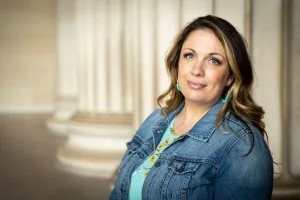Long, long ago, I told the managing editor of The Rocky Mountain News (#RIP) that I should be part of the newsroom team sent to cover the Super Bowl.
My logic was simple: If the Denver Broncos were not a religious organization for a majority of people in the Rocky Mountain Time Zone, there was no such thing as a cultural definition of religion.
With that in mind, it makes all kinds of sense that our own Clemente Lisi is about to get on an airplane and head to Qatar to cover the final rounds of World Cup 2022. In addition to being our Catholic-news specialist here at GetReligion, he is also the author of the new book “The FIFA World Cup: A History of the Planet's Biggest Sporting Event.”
You know that there will be religion angles all over the place, in part because of the location. And, once again, if soccer isn’t — for most of the world — a near-religion, then I don’t know what is. After all, one of my all-time favorite book titles is this: “How Soccer Explains the World.”
Yes, the favored samba-style evangelicals of Brazil lost in a heartbreaker yesterday — to a Croatia team with a coach with a rosary in his hands, on the sideline. I’ll keep my eyes open for GetReligion-friendly copy from Lisi, once he arrives in Qatar.
Meanwhile, we ran a piece by Lisi that ran with this headline: “Sports, passion, faith — The ties that bind are always there, even if journalists miss them.” Here is the highly relevant overture:
Sports, in so many ways, are almost like a religion for many people. Like religion, sports can convey important lessons about culture and values. From the times of the Ancient Greeks, athletes were sometimes accorded the status of gods.
Not much has changed since ancient times. Modern society has given god-like status to many athletes. Lebron James, Tiger Woods and Lionel Messi are just three athletes who garner such adulation on a global scale.
The question here at GetReligion is how this relationship shows up in news stories about sports, especially stories in which religious faith is — according to the athletes themselves — a key element in their lives and their success.










